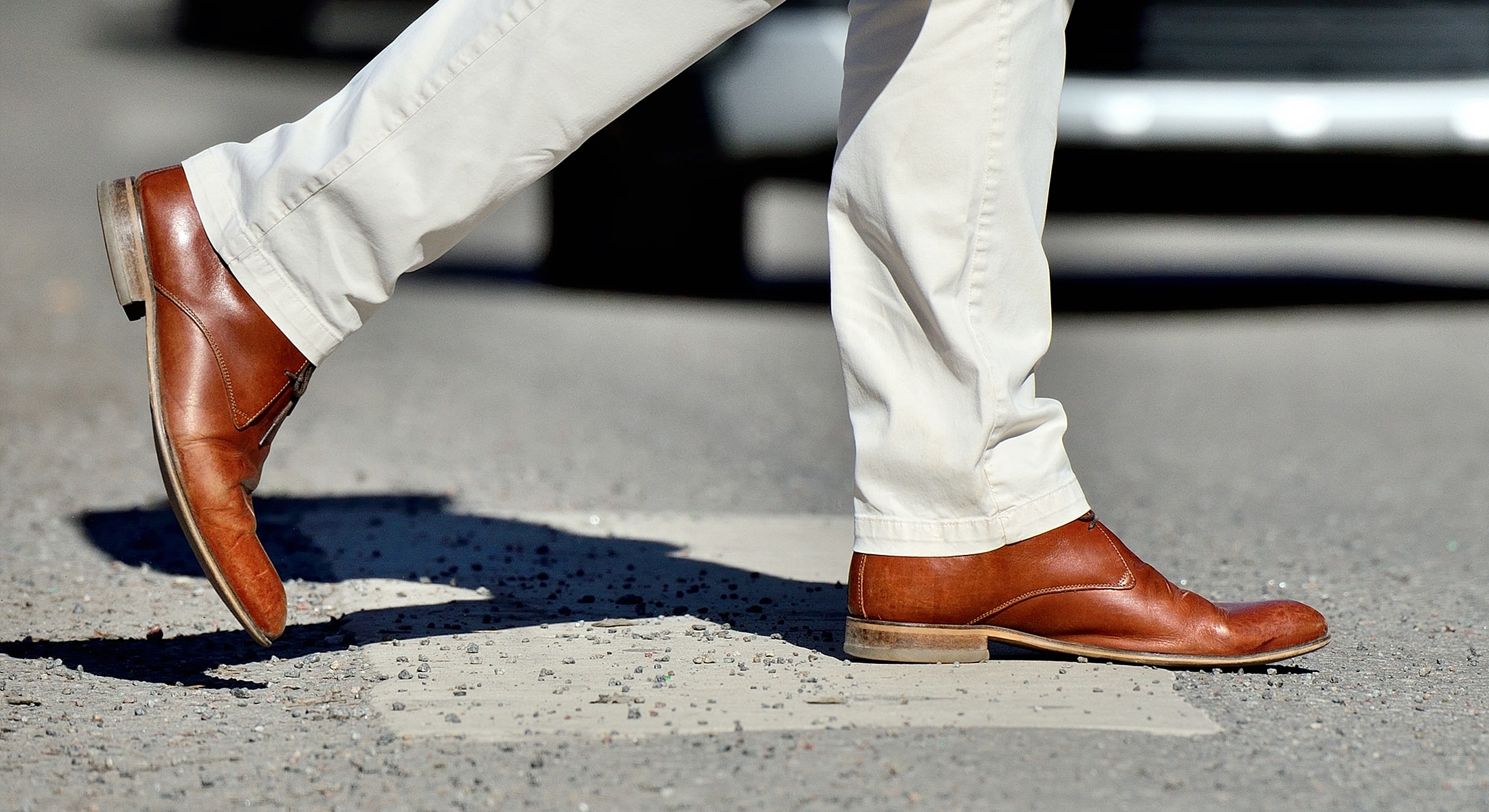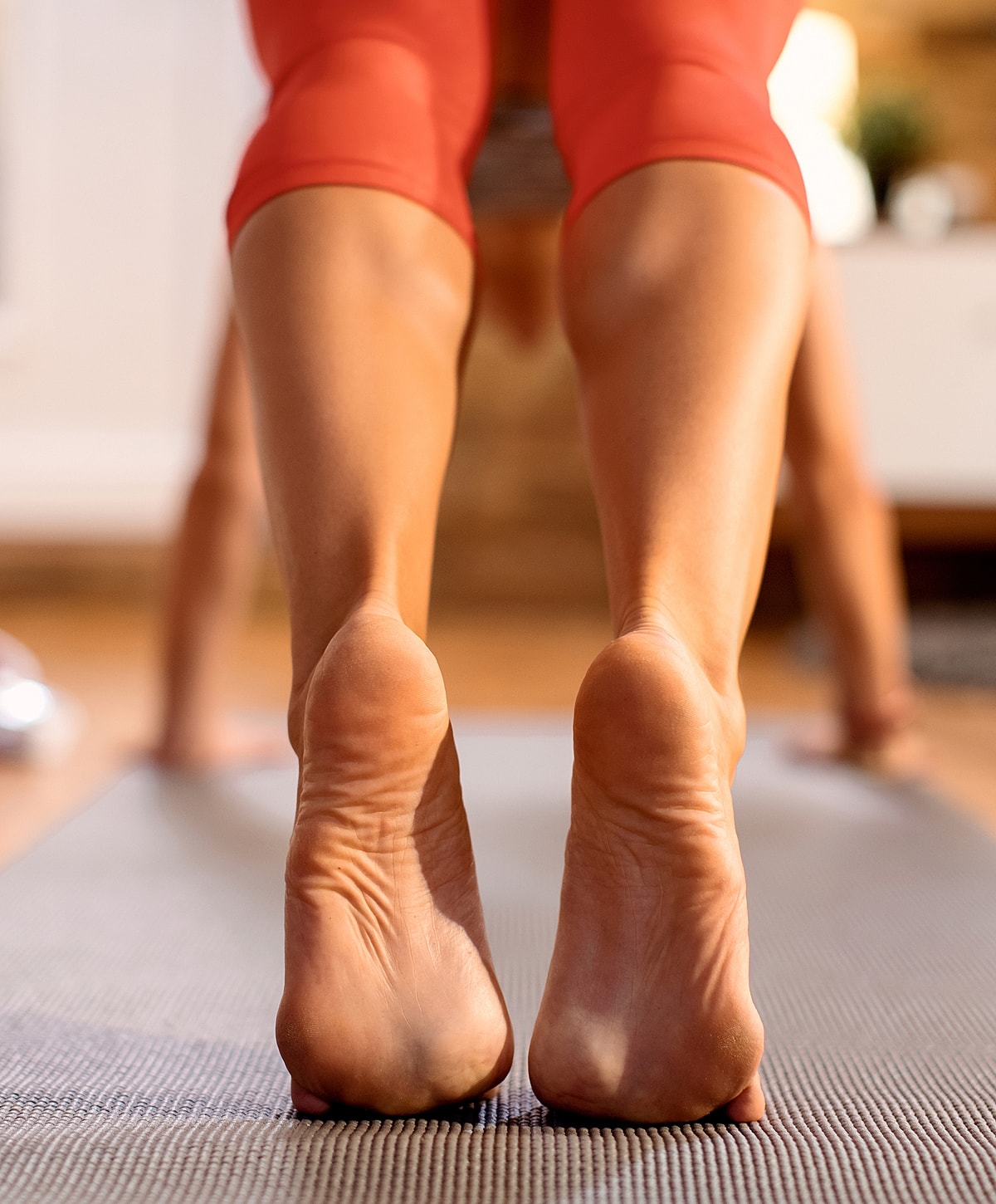



The ball of your foot—technically referred to as the forefoot—has a natural layer of fat that cushions the bones (metatarsal heads) and protects the area during walking, running, or standing.
Over time or due to various conditions, this fat pad can thin or break down, leading to a condition known as forefoot fat pad atrophy or metatarsal fat pad loss.When this natural padding diminishes, patients often experience direct pressure on the bones and nerves of the forefoot, leading to chronic pain, burning, or bruised sensations.


For patients who don’t find relief with conservative options Leneva® fat pad augmentation is a non-surgical, injectable allograft adipose matrix that helps stimulate your body’s natural fat regeneration at the loss site.
